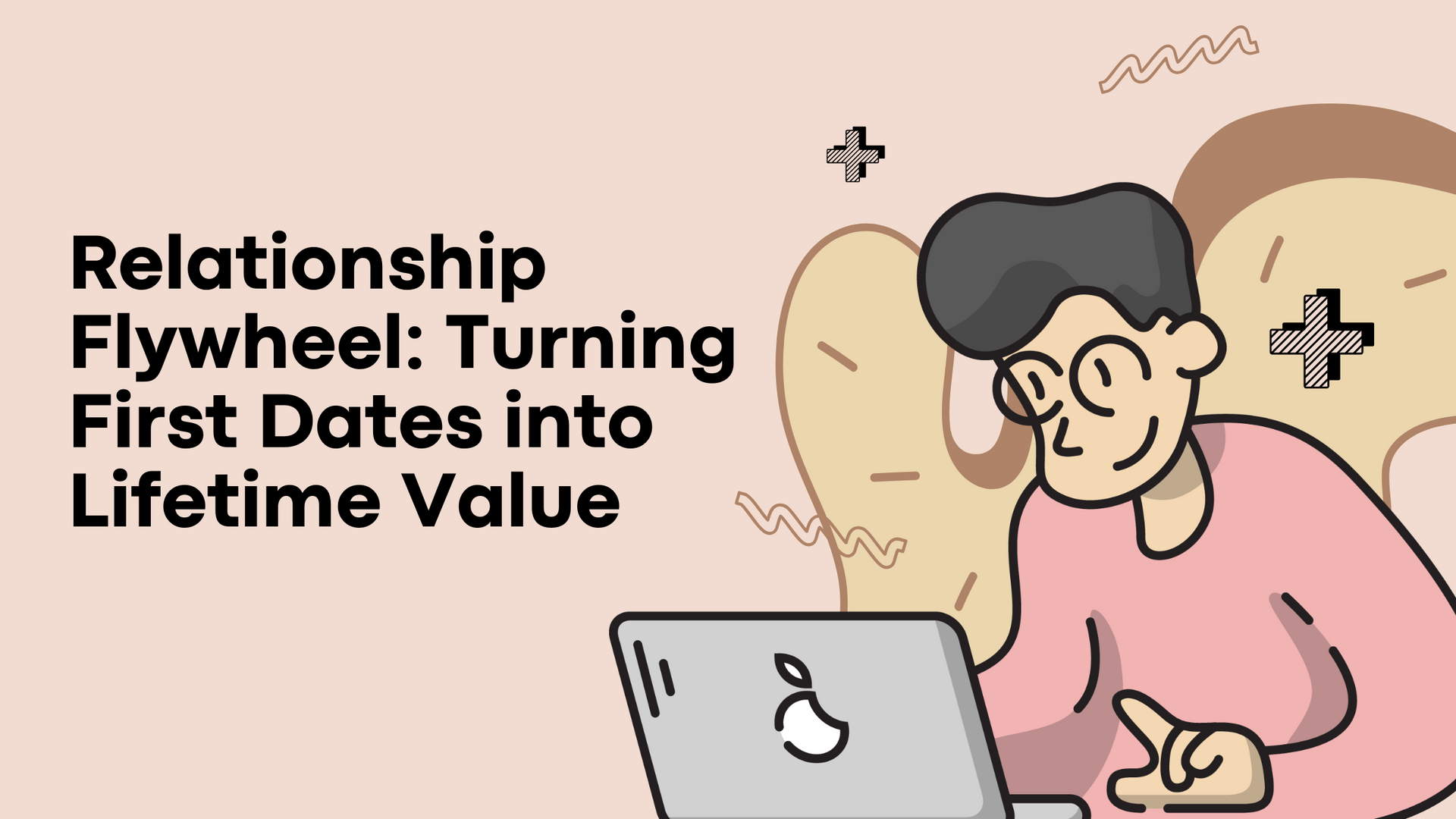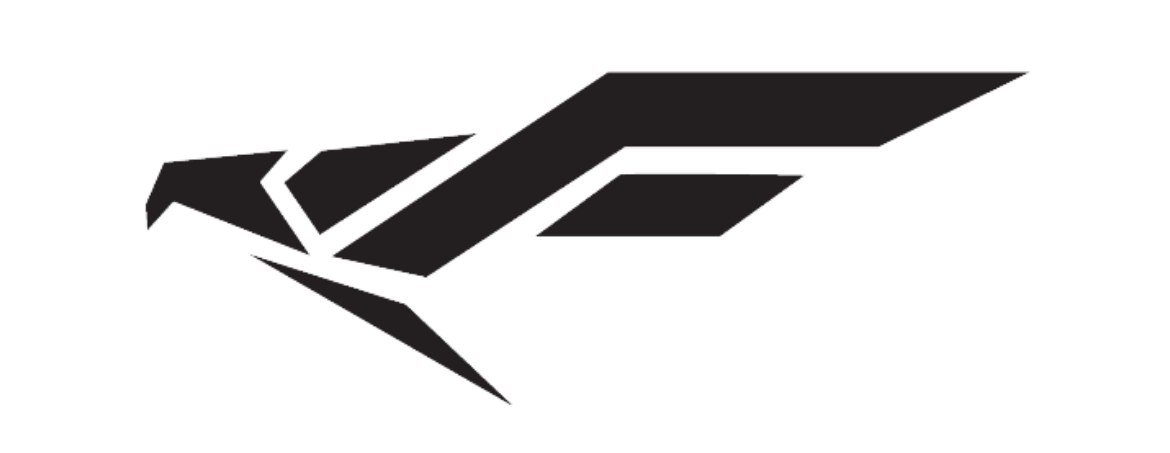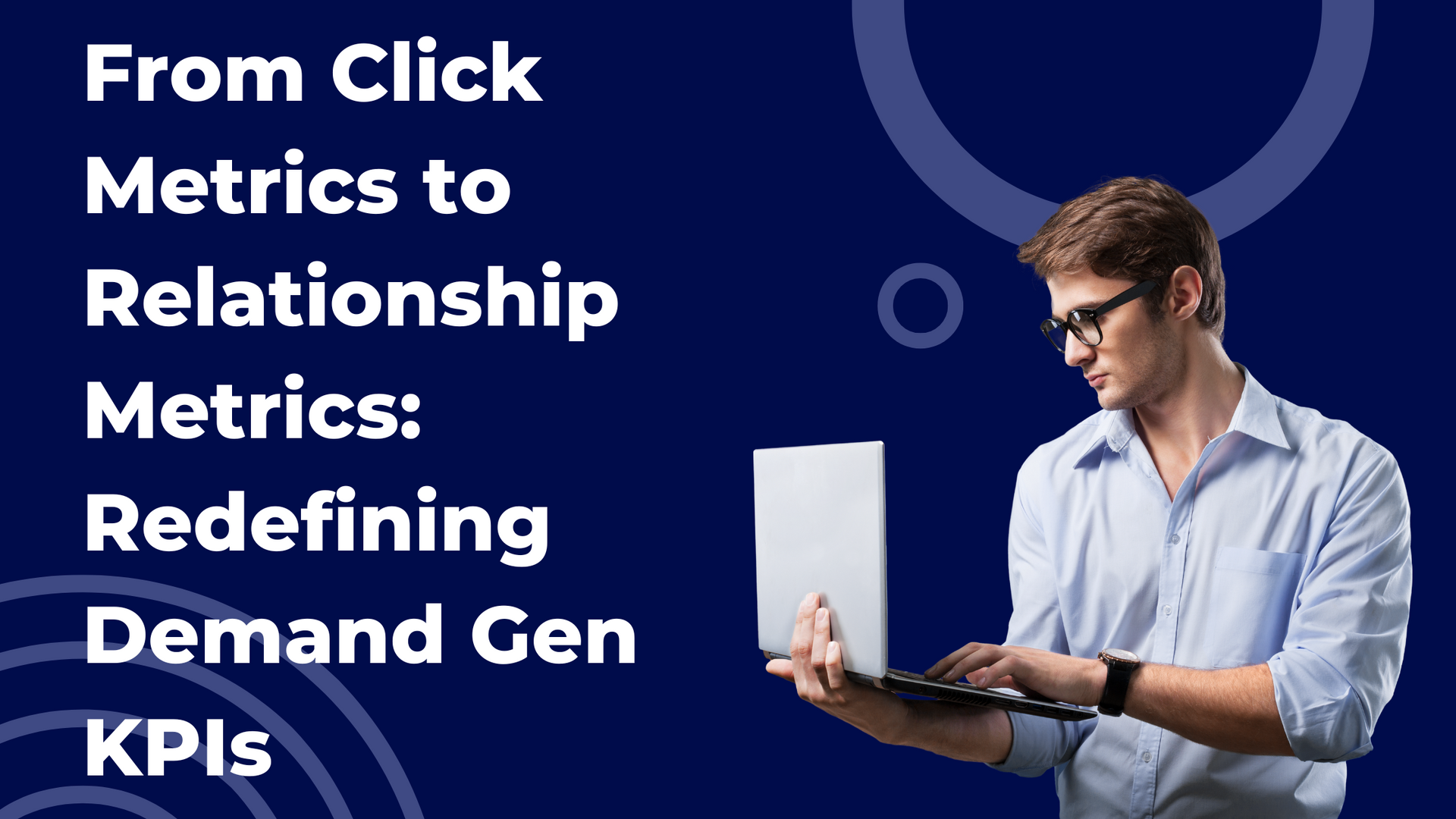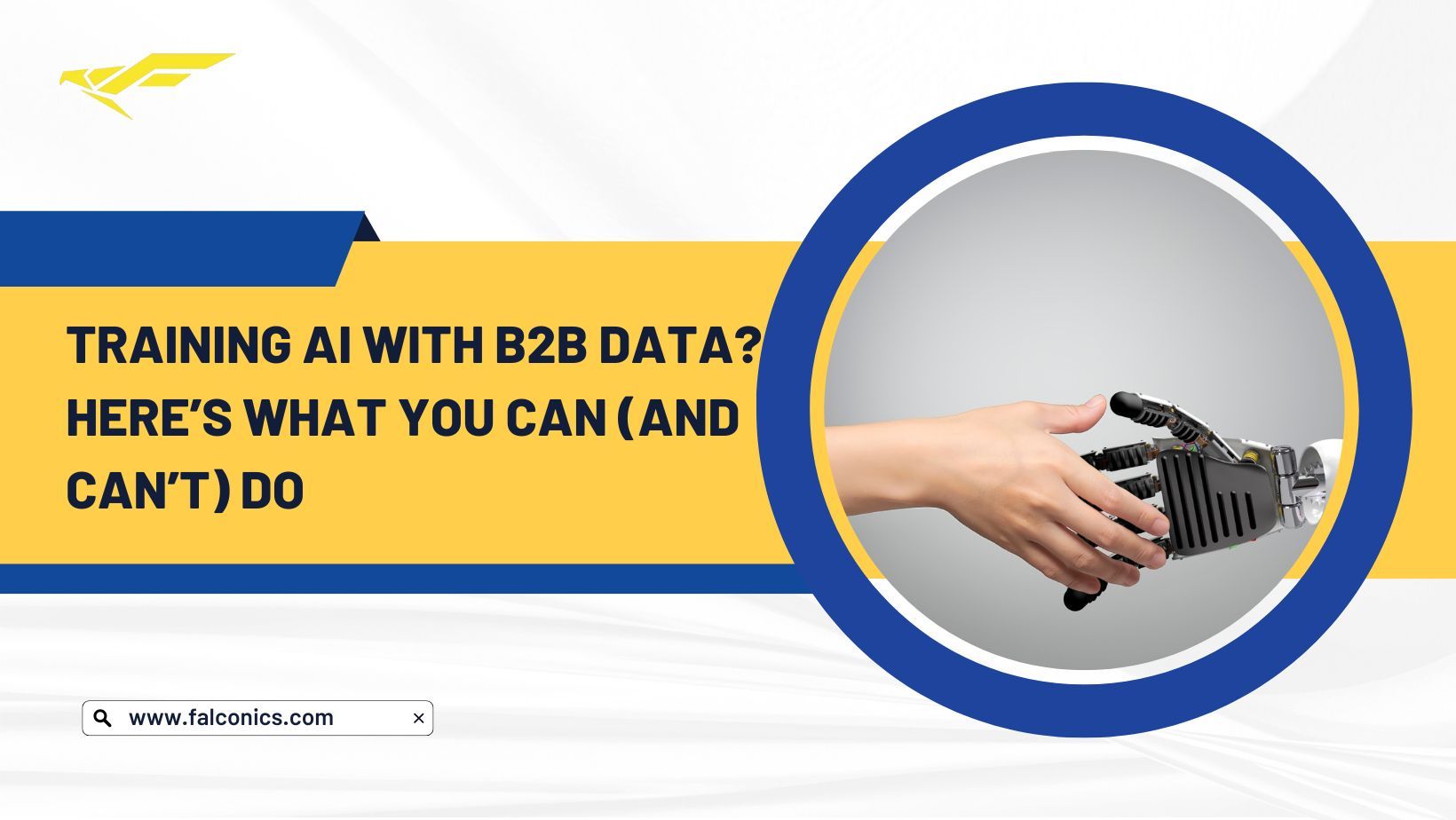Relationship Flywheel: Turning First Dates into Lifetime Value

In SaaS, it’s not enough to get a customer to sign up. You need to build a relationship that keeps them around and turns them into advocates.
The relationship flywheel is a system that focuses on building long-term value by creating consistent emotional resonance at every stage of the customer journey.
Let’s break down how the flywheel works and how you can use it to grow your LTV (lifetime value) with fewer resources.
What Is the Relationship Flywheel?
The relationship flywheel is a growth model that prioritizes customer experience and emotional connection as key drivers of long-term business success. Instead of focusing just on acquisition, the flywheel emphasizes what happens after the first conversion.
Think of it like this:
- The “first date” is the sign-up or initial purchase.
- But the real value comes after you
educate,
delight,
support,
upsell, and
earn referrals.
Each positive experience adds momentum to the flywheel. As long as your actions resonate with the customer, the wheel keeps spinning and generating higher retention, bigger contract value, and organic growth through referrals.
Why the Funnel Fails in SaaS
Funnels are linear. They start with awareness and end with a conversion. That model works for one-time purchases but not for SaaS. In subscription models, the biggest revenue doesn’t come from the first sale. It comes from retention, upsells, and word-of-mouth.
In contrast, the flywheel is circular. It keeps the customer at the center, constantly driving them toward deeper engagement and higher value.
The 3 Stages of the Relationship Flywheel
Here’s how to apply the flywheel to your SaaS growth strategy:
Stage 1: Onboard With Empathy
This is your “first date” moment. Whether it's a free trial, a content download, or a demo request, you're meeting your customer for the first time. This is where trust is built or broken. Most brands pitch features. ERM brands connect on values and shared goals.
How to Make It Work:
- Use empathy mapping to understand their real pains and priorities.
- Focus on the
why behind your product. What mission do you support? What tension are you easing?
- Create an onboarding journey that feels like a welcome, not a tutorial. Guide users like a helpful partner.
Tip: Use real user stories and testimonials in onboarding emails. Show new users they’re not alone.
Stage 2: Upsell With Context and Care
Once the user feels emotionally connected and seen, they become more open to growth opportunities. This is your chance to offer more value.
Upsells work best when they’re aligned with the user’s evolving needs. ERM helps you time that right, frame it right, and deliver it as help and not a sales pitch.
Here’s How to Make It Work:
- Look for engagement triggers. What actions show they’re ready for more?
- Don’t blast a pricing table. Suggest the upgrade in the flow, tied to what they’re trying to do.
- Explain how the new tier helps them
achieve more or
work less.
Stage 3: Build a Referral Motion
When someone buys more from you, that’s not the end. That’s a sign of trust. You can now ask them to refer others but only if the relationship feels strong enough.
ERM makes referral motion more natural. It’s not a transaction. It’s a favor they do for a brand they believe in. The more emotionally invested they are, the more likely they are to share your product with others.
Here’s How to Make It Work:
- Ask at the right moment (after a milestone, positive feedback, or renewal)
- Make it easy (provide templates, links, or social share tools)
- Tie referrals to emotion. Make it about “helping a friend” more than earning a reward
Why the Relationship Flywheel Works (Especially for SaaS)
Most SaaS companies chase cold leads. It’s expensive, time-consuming, and has low conversion. The flywheel flips that approach.
Instead of pushing people through a funnel, it turns your existing users into your best sales engine.
Here’s why it works:
- It costs less to retain and grow existing customers than to acquire new ones.
- Referrals from happy users are more likely to convert and stick around.
- Emotional connection = higher LTV and lower churn.
- The product experience sells itself when done right.
What’s an Upsell Motion?
It’s the process of encouraging your existing customers to move to a higher plan or buy additional features. The key here is timing and relevance. You offer more value only when the customer is ready for it.
For example, if a customer is hitting usage limits or adding new team members, that’s a natural moment to show them how an upgrade helps.
A good upsell motion includes:
- In-app messages based on what the user is doing
- Emails triggered by milestones or limits
- Personalized check-ins from customer success teams
What’s a Referral Motion?
A referral motion is how you turn happy customers into brand promoters. Instead of chasing cold leads, you let your best users bring in others like them.
This works best when:
- The customer has seen clear value
- They feel emotionally connected to your brand
- You make it super easy for them to share
Final Thoughts
SaaS growth doesn’t come from pushing harder. It comes from connecting deeper. The Relationship Flywheel gives you a repeatable way to build long-term value.
Turn your first dates into long-term relationships. Focus on emotional resonance. Build trust before transactions. And let your best users power your next wave of growth.
FAQs
How is a flywheel different from a funnel?
A funnel ends with a sale. A flywheel keeps going. Each customer can lead to more revenue, more referrals, and more growth.
What metrics should I track to measure the flywheel?
Start with LTV (lifetime value), NPS (Net Promoter Score), upsell conversion rate, and referral-generated signups. These tell you if your relationships are deepening.
What’s the role of Emotionally Resonant Marketing in all this?
ERM helps you connect with users on a deeper level. That emotional connection makes them more likely to stick around, upgrade, and refer others.
How do I know when someone is ready for an upsell or referral?
Look for signals like usage patterns, account growth, or positive feedback (like high NPS scores).




